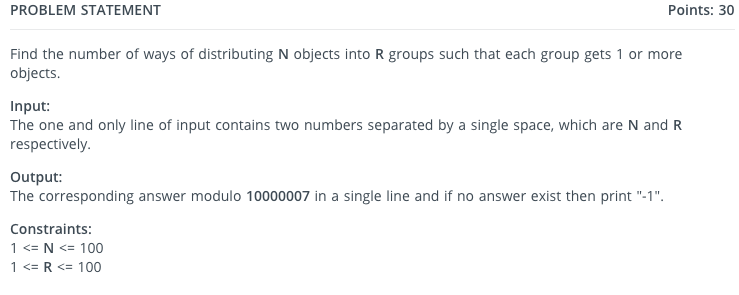Hi Codeforces,
I have been doing competitive programming for a little over a year now, but one thing has become clear to me — my typing & coding skills are a hinderance, but probably not in the way you are thinking of.
My typing speed is really slow (only 61 WPM), because I type sentences rather quickly, type one character wrong in the entire sentence, realize that 1 second later, and subsequently waste 2 seconds correcting it.
Because of that problems that I solve in virtual contests transform from 2 minutes to 20.
Still, that isn't the last of my worries. I occasionally make unconscious errors, leading me to spend a good 10 minutes of my time weeding through my code and write print statements until the cause is found.
As a result ... a "first" blood problem quickly transforms into a fiftieth blood problem.
I have tried to improve myself by practicing on websites such as typeracer, but my typing mistakes have not decreased, even after a month of daily practice for 30 mins.
And I have no idea how to improve writing clean code.
I would really appreciate if anyone can give me tips on how to improve these two problems (how to quickly improve, what to target).
Thank you very much for your time and help
-BC











